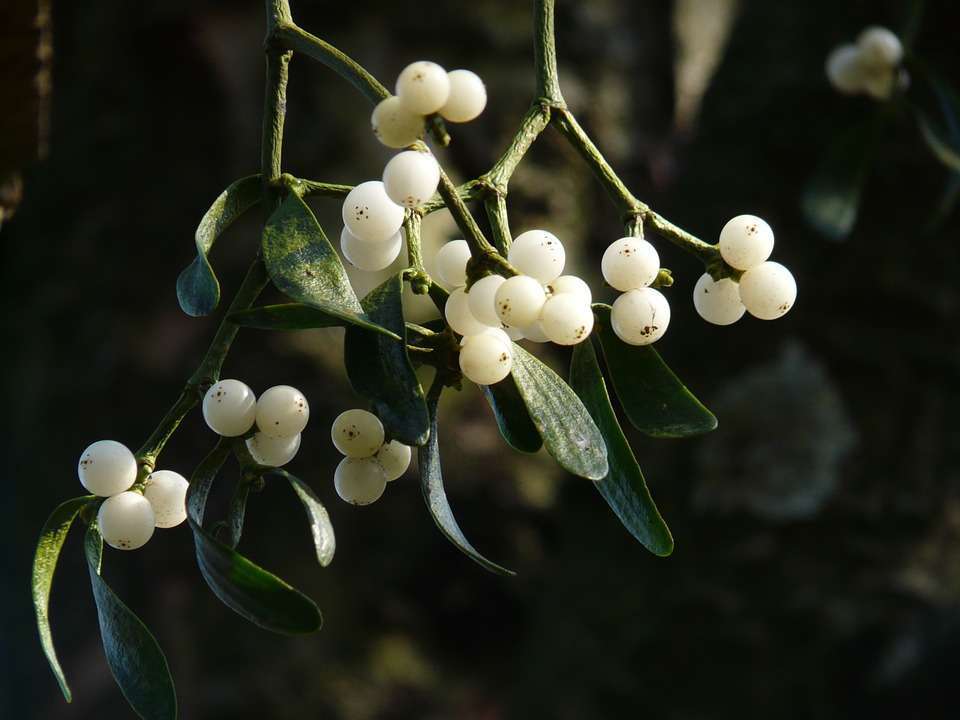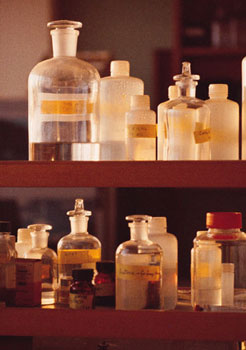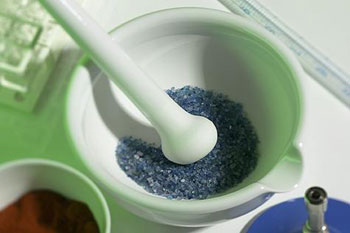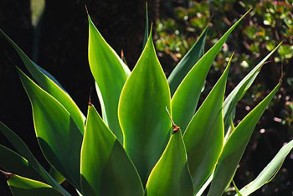Disclaimer: The information on curenaturally.org is intended to improve your knowledge about herbs and their benefits. Articles on this website are not intended to replace medical treatment from your doctor. Always consult your doctor before starting a new treatment regimen.
|
|
|
Mistletoe (Viscum album L.)
By: Dr.Girgis N.D.
Published First 12/20/2015
|

|
This week, I would like to talk to you about the heath benefits of mistletoe, and give a little history of its inclusion in the Christmas tradition.
Mistletoe is a hemiparasitic plant that latches on to different types of trees, and sucks out the nutrients, minerals, and water. Eventually, it ends up killing its host. Various trees host mistletoe, but the predominant ones are apple, oak, elm, pine, and maple trees. It is important to note that mistletoe is also capable of growing independently, and can make its food from photosynthesis. Its common names are heal-all, devil’s fuge, golden brough, and iscador. There are two common types of mistletoe; the species that grows in North America is parasitic (phoradendron favescens), and is used in Christmas decorations. Another species, viscum album, grows in Europe. It mostly resides on apple and oak trees.
|
|
|
|
|
|
Mistletoe is currently one of the most widely studied CAM therapies for cancer in some European countries, and among the most prescribed drugs for cancer patients in Europe according to the National Cancer Institute of the United States. In recent years, its potent Anti-inflammatory effects have been shown as well. There is a close relationship between cancer and inflammation. Recent studies have found that mistletoe, when used in conjunction with chemotherapy, has been very positive in reducing adverse effects and improving the quality of life in patients with breast, ovarian, and lung cancer. In 2013, a randomized study of survival time in pancreatic cancer patients has shown an increase of survival time amongst patients that used this method of treatment. In another study by R. Kuonen and colleagues, the use of mistletoe has been shown to have wound-healing effects. Scientists strongly advise further studies in the area.
|

|
|
|
|
|

|
History,
Information on the origin of mistletoe in Christmas celebrations is sparse. The earliest stories about mistletoe goes back to Celtic priests, called Druids and Norsemen. In Celtic, mistletoe means, “all heal”; mistletoe was considered sacred due to its healing properties.This is the story in Wikipedia regarding Mistletoe by Celtic priests Druids:“Mistletoe is rare and when found it is gathered with great ceremony, and particularly on the sixth day of the moon.... Hailing the moon in a native word that means 'healing all things,' they prepare a ritual sacrifice and banquet beneath a tree and bring up two white bulls, whose horns are bound for the first time on this occasion. A priest arrayed in white vestments climbs the tree and, with a golden sickle, cuts down the mistletoe, which is caught in a white cloak. Then finally they kill the victims, praying to a god to render his gift propitious to those on whom he has bestowed it. They believe that mistletoe given in drink will impart fertility to any animal that is barren and that it is an antidote to all poisons”
European mistletoe (viscum album)—particularly the one that grows on oak trees—was very much celebrated by Celtics, Germans, and other early Europeans due to its healing powers. Mistletoe stays green and grows berries during the harsh winter, which attributed to its mystical reputation. European mistletoe has yellow flowers with poisonous white berries. Hanging mistletoe was a tradition prior to Christianity; the Celtics and Greeks would hang it at their door to keep evil spirits away. Victorian England is credited with the origin of the kissing tradition, as mistletoe was seen as a symbol of peace.
For more about history of Mistletoe you can visit:
http://www.history.com/news/ask-history/why-do-we-kiss-under-the-mistletoe
|
|
|
|
|
|
|
Medicinal Effects,
The berries in European mistletoe contain lectins, glycoproteins, viscotoxins, polysaccharides, and lipids.For a long time, mistletoe was considered the sign of fertility. It also later became a sexual symbol and the soul of the oak tree. Roman naturalist Galius Plinius Secundus described how the oak tree was bare except for green mistletoe, and this was taken as a sign of fertility. In 1921, an Austrian anthroposophical (a 20st century philosophy developed by Austrian philosopher Rudolf Steiner) treated cancer with mistletoe. Mistletoe is parasitic, contains several toxic elements, and kills its host. Therefore, anthroposophy’s homeopathy-like laws call for treating cancer with it. German and Swiss clinics followed suit, and still use fermented mistletoe with lactobacillus as a form of treatment.
Ivelisse Page, a 37 year old patient, was given an 8% chance of survival after her doctor at Johns Hopkins had already removed 15 inches of her colon and 28 lymph nodes. After they realized cancer had spread to her liver, she had 20% of her liver removed as well. She decided to go to alternative therapy and get injections of mistletoe. She also wanted her oncologist, Dr. Diaz, to stay and continue her treatment. Dr. Diaz agreed after reading literature published by the Europeans about Mistletoe. He was amazed at her immediate improvement. Since then, Ivelisse Page started an organization called “Believe Big” to get funding for research about mistletoe.
|
 |
|
|
|
|

|
Side Effects,
The berries and plant itself are considered poisonous. However, hardly any side effects are noted by the use of mistletoe extract. Use of mistletoe extract in patients with primary or secondary brain tumors, leukemia, or malignant lymphoma is contraindicated. Also, because it contains toxic constituents, it is not recommended to be used during pregnancy and breast-feeding.
|
|
|
|
|
Dosage,
Mistletoe extract has been used to treat hypertension by making tea. The recommended dosage is 10g/day. Injectable mistletoe is used widely in Europe with dosage of 0.1 to 30 mg several times a week. However, it is not approved for use in the United States.
I hope you found this article informative and useful. Next time you find yourself under the mistletoe and have the desire to kiss your loved one, think about all the history and healing benefits of this wonderful hemiparasatic plant.
Wishing you the best holidays!
|

|
|
Dr. Ashraf Girgis N.D.
|
|
|
|
Additional Articles

Seven herbs and supplements for type 2 diabetes
Read More
|

Spices and Herbs to Pump Up the Flavor
Read More
|

Know Your Remedies: Passiflora incarnata (Passi.)
Read More |
|
|
|
|